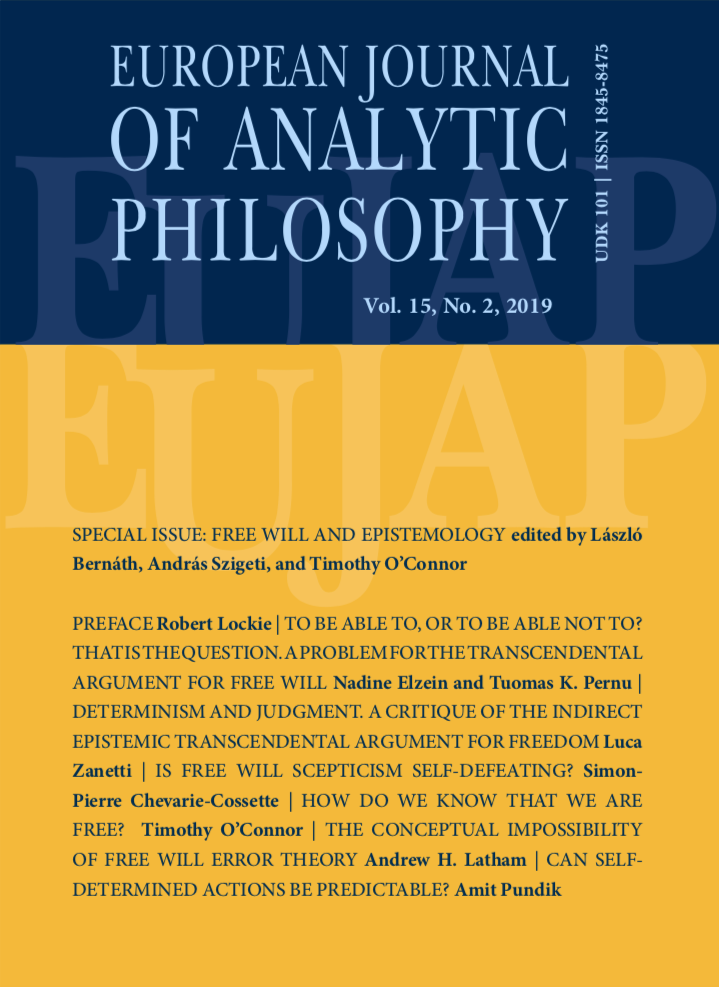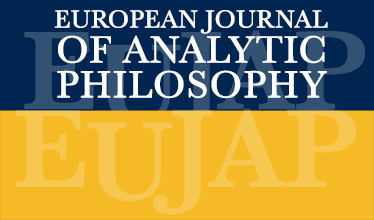Instructions for Reviewers
The main purpose of a referee report is to help a journal editor to decide about a submission. Therefore, the referees should aim at writing a report that is addressed to the editor to help them reach a well-informed decision on the submitted manuscript.
In addition to its primary role of informing editorial decisions, the editors of EuJAP regard the refereeing process, whenever possible, as an opportunity to provide authors with advice on how to improve their manuscripts. Criticisms are therefore expected to be expressed in a constructive and respectful manner.
Referees should be mindful that they are participating in a double-blind review process and should preserve the anonymity of their own identity as well as the details of the manuscript. If they wish, they may disclose their identity to the author(s), but only after the review process in which they participated has concluded.
Unless otherwise authorised, the manuscript they receive is confidential and should not be shared with third parties, including public forums and platforms that may use the content in an unauthorised manner, such as training data for large language models.
Elements of a good report should include:
1. An outline of the paper with a special emphasis on the main thesis of the paper, and the main line of arguments for it.
2. A commentary indicating the merits and weakness of the paper regarding the rigor in the description of the relevant positions and arguments, quality of the offered arguments, and novelty of the contribution and possible impact in the relevant debate.
We currently operate a hybrid system in which reviewer reports can be submitted either by email to the editor or directly through EuJAP by logging into our OJS system. If you choose to submit a reviewer report via email, please use our reviewer report form, which can be downloaded here. Please write your recommendations on a submission (whether it should be accepted, revised, or rejected) in the commentary box reserved for editors.
Use the space for authors to write a more substantive report on the merits and demerits of the paper, and recommendations on how it can be improved (if the referees feel this can be done).
The editors reserve the right to edit reports that do not respect these guidelines.
Our policy follows a double-blind review process. However, before deciding whether a paper will undergo external review (i.e., be reviewed by a referee outside the core editorial team who can adhere to the double-blind policy), the editors evaluate the submission based on several criteria. These include whether the paper fits the scope of EuJAP, has the potential to advance a debate in contemporary analytic philosophy, adheres to standard norms of academic writing—particularly those of analytic philosophy—and passes a plagiarism detection test. If the handling editor concludes that the submission does not meet one or more of these criteria, they may decide not to send the paper for external review and return it to the author.
For more detailed guidance on how to write a good referee report, readers may wish to consult a blog post by Professor Elizabeth Hannon. Prospective reviewers and others interested in the practices and norms of peer review in academic philosophy may find helpful discussions on the popular philosophy blog Daily Nous.
If a paper passes the initial inspection by the handling editor and proceeds to external review, the following procedure applies: Papers are typically reviewed by two independent reviewers. To be accepted for publication, a paper must receive two positive reviews.
In cases of mixed reviews—for instance, if one review is positive and the other negative—the handling editor may decide to reject the paper. Alternatively, if the editor feels unable to make a decision based on the mixed reviews, they may seek a third review to break the tie. In such cases, the third reviewer is usually provided with the original review reports and asked to help the editor determine which evaluation holds more weight, considering the overall quality of the paper. If there are mixed reviews—such as one reviewer suggesting minor revisions and another suggesting major revisions—the submission will typically be treated as requiring major revisions.
The typical review process begins with a first round of reviews. If the reviewers recommend major or minor revisions, the revised manuscript will be sent back to the original reviewers for another round of evaluation. Typically, there will not be more than two rounds of reviews, meaning that a final decision about the manuscript will usually be reached after the second round.
Norms for using AI
The Journal does not exclude the use of AI-generated text. However, reviewers take full responsibility for its factual accuracy and the proper acknowledgement of sources. Reviewers must identify the AI tool used and the extent of its contribution. For instance, ChatGPT, version or the date when the AI was used.
The contribution level of the AI can be defined as follows:
- negligible – means the AI only made minor changes to the report’s style or grammar;
- modest – means the AI made important suggestions but it did not have an essential role in writing the report;
- substantial – means the AI made several crucial suggestions without which the report could not have been completed.
If the contribution of the AI is “negligible”, there is no requirement to mention its usage. However, for any other level of contribution, it is expected that reviewers will report the extent of AI usage. In cases where the AI contribution is “substantial”, reviewers should provide a comprehensive description of the AI usage and its contributions as part of their report to the Editors.
We remind our reviewers that the manuscripts they receive are confidential and should not be shared with third parties. This includes uploading manuscripts to AI platforms to be summarised, commented on, or processed in any other manner.


